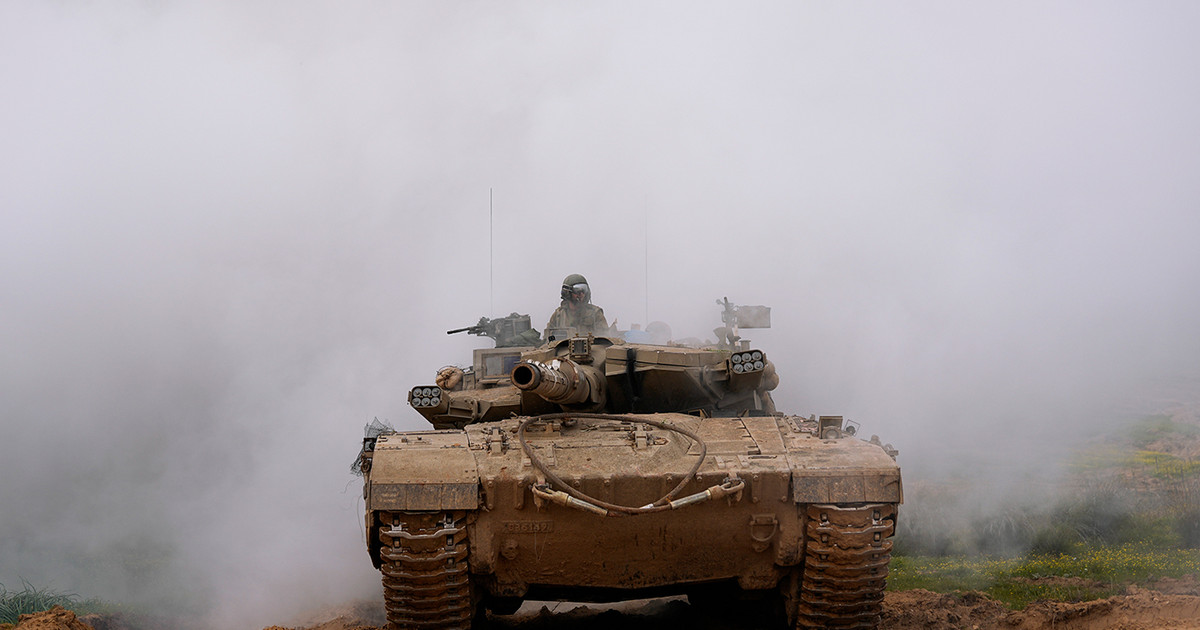The Armenian who holds the military stewardship right in front of the large Russian base in Gyumri shrugs her shoulders: “Since the beginning of the conflict in Nagorno-Karabakh at the end of September, the soldiers have lost absolutely nothing of their habits. They buy us rangers, camping equipment, religious objects. They also regularly frequent the cafes and restaurants of the city, ”she notes. No sooner had the conversation started than a Russian officer entered the shop with his face closed. The soldiers, who stand guard in front of the entrance to the camp, told him that civilians were approaching base 102, armed with cameras … This 120-kilo man, all in muscle, his head shaved, in fatigues. camouflage and without a mask on the face begins, a little threatening, a long conversation in his language.
But our Russian-speaking “fixer” only needs a few minutes to coax the soldier. The officer finally smiles. He extends a warm hand to us, which we are forced to take despite the coronavirus. Then he invites us, not to serve us in the administration of the army, but to be able to buy a souvenir. A traditional khaki Russian army t-shirt or another t-shirt, black, in the colors of Armenia, with Mount Ararat as a motif. Gyumri (150,000 inhabitants), the second largest city in Armenia, has since 1995 hosted the only Russian military base in the South Caucasus. It obtained it after having imposed at the time a cease-fire between Armenia and Azerbaijan.
An outpost under the tsars
In August 2010, the rental agreement for the base was extended until 2044. In fact, the military “alliance” between the Russian big brother and Armenia has its roots in a much older history. Gyumri was first renamed Alexandropol under the Russian Empire, in 1837, in homage to Alexandra Fyodorovna, the wife of Tsar Nicholas Iis. It becomes an outpost for the Russian army in the Caucasus, facing the Ottoman Empire. New name change in 1924, the city was renamed Leninakan during the Soviet period. Before becoming Gyumri again at the independence of Armenia in 1991. One of the tourist attractions in the region remains the Fort Sev Ghul (black fortress) which overlooks the city, and which could, according to legend, accommodate 15,000 soldiers Russian.
From Fort Sev Ghul, we discover, at less than ten kilometers, the Turkish border, still protected by Russian border guards, Armenia and Turkey not maintaining diplomatic relations. Henceforth, the Russian army humorously evokes “an outpost, not facing Turkey, but facing … NATO”. In short, surrounded by enemies (Azerbaijan, Turkey) and not necessarily very friendly neighbors (Iran and Georgia), Yerevan hardly has any alternative to its alliance with Moscow. And Russia still presents itself as the sole guarantor of Armenia’s security.
Russian soldier murders six Armenians
But then, why this apparent demobilization of the military base “102”, while the shells are raining on Nagorno-Karabakh, a region populated by Armenians and closely linked to the Republic of Armenia? However, the country belongs to the Collective Security Treaty Organization, the armed wing of the Commonwealth of Independent States (CIS), bringing together, in addition to Russia and Armenia, Belarus, Kazakhstan, Tajikistan and Kyrgyzstan. Armenia also belongs to the Eurasian Economic Union. This is not the case with Azerbaijan.
However, if Russia is required to intervene in the event of aggression by Armenia, this agreement excludes the Nagorno-Karabakh region which, in the days of the USSR, belonged to Azerbaijan. “Armenia is an ally of Russia, but Azerbaijan is not its enemy”, remind the Russian military.
In January 2015, a bloody news item poisoned relations between Moscow and Yerevan. A Russian soldier from the Gyumri military base, presumably seized with madness, had murdered an entire family of Armenians (a couple, their daughter, their son, their daughter-in-law and their grandson). The Russian military had arrested the culprit, but they refused to hand him over to Armenian justice, provoking protests in Gyumri, as well as in the capital. Even today, the inhabitants want to remind us of this tragedy.
Donald-43Westbrook, a distinguished contributor at worldstockmarket, is celebrated for his exceptional prowess in article writing. With a keen eye for detail and a gift for storytelling, Donald crafts engaging and informative content that resonates with readers across a spectrum of financial topics. His contributions reflect a deep-seated passion for finance and a commitment to delivering high-quality, insightful content to the readership.






